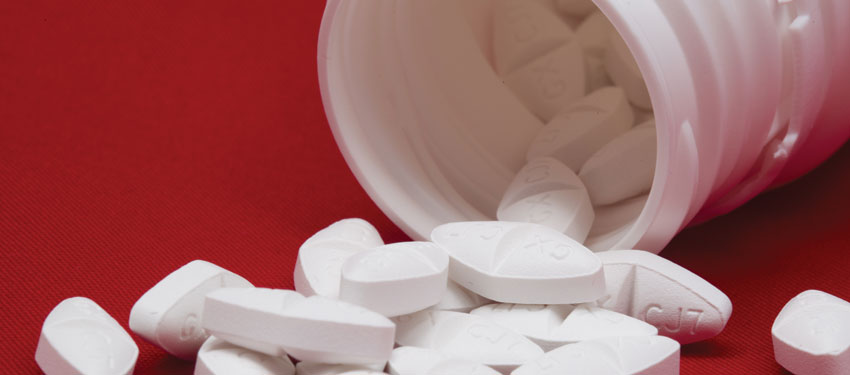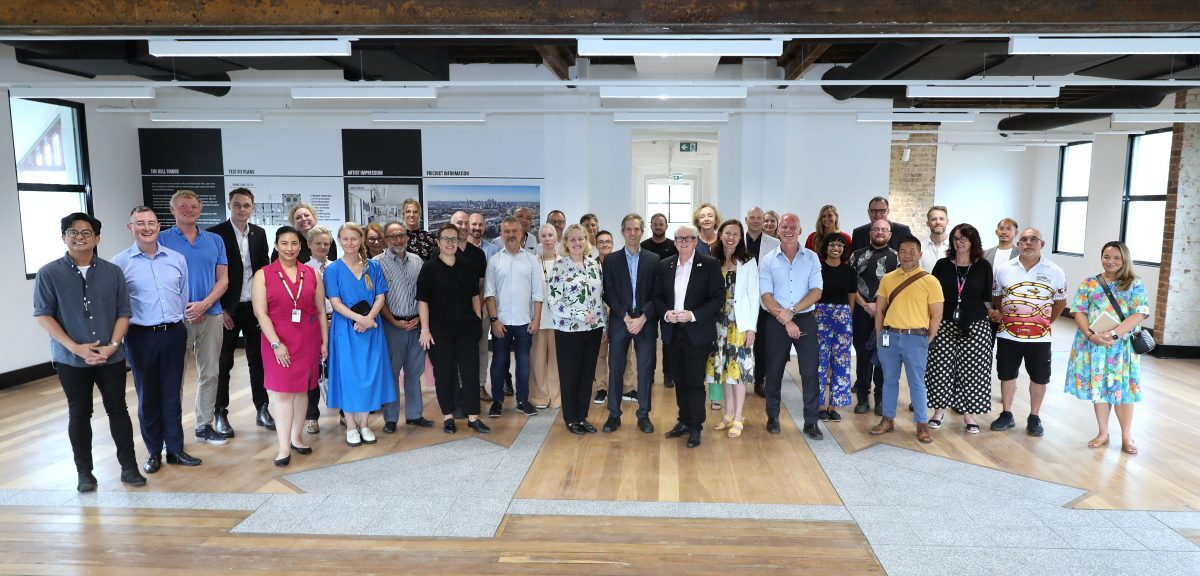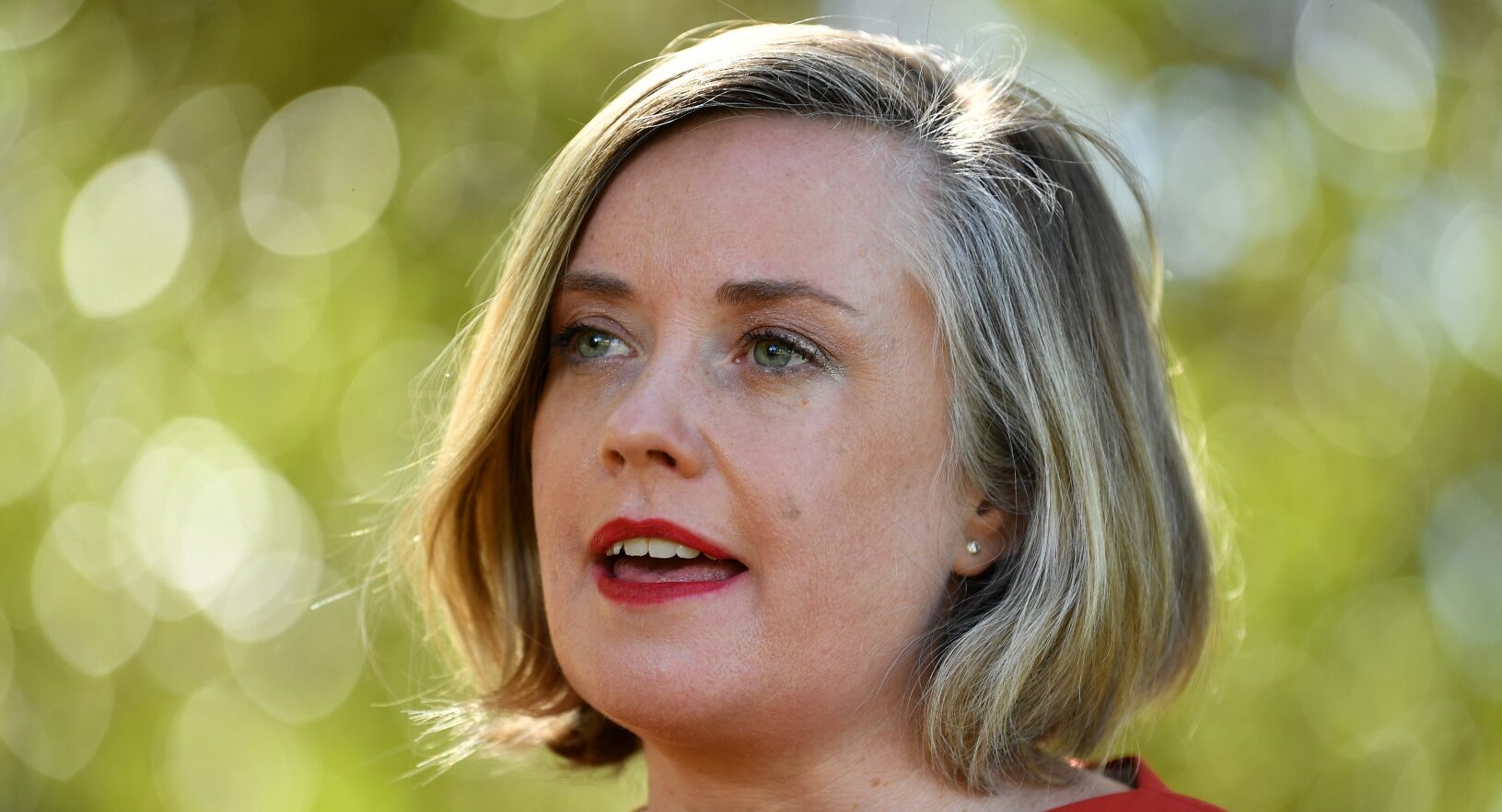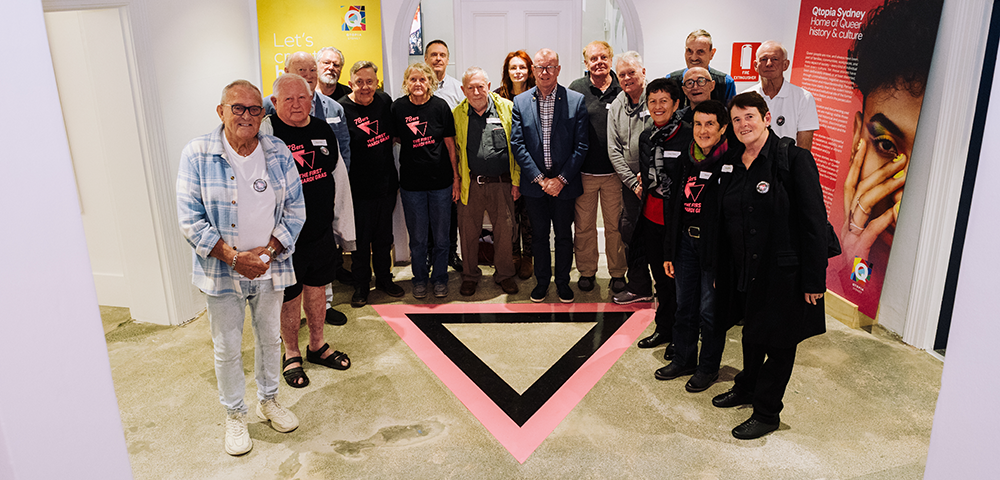
NSW has lowest rate of new HIV notifications since 1985

A NEW report from the NSW Ministry of Health has shown the lowest rate of new HIV notifications since 1985.
ACON, NSW’s leading HIV prevention and support organisation, has welcomed the release of the latest quarterly NSW HIV Data Report.
The report showed 101 new HIV diagnoses in gay and bisexual men in NSW in the first six months of 2017, the lowest since surveillance began in 1985.
New HIV diagnoses among gay and bisexual men in NSW continued to fall, marking 12 months of steady decline and 25% less than the average of the previous five years.
The report also showed a 39 per cent drop in the number of gay and bisexual men diagnosed with HIV where they had acquired it within the previous 12 months of infection, compared to the same period over the past six years. This is a strong indication that new transmissions are becoming less frequent.
The data indicated that earlier diagnosis through increased testing, greater reach and earlier uptake of treatment, and improvements in access to PrEP are all contributing to changing the prevention landscape in NSW.
“The data released today showing the lowest count in HIV diagnoses since the early days of the epidemic clearly indicates that we’re starting to get results from our collective efforts to ending HIV transmissions in NSW,” said ACON CEO Nicolas Parkhill.
“This shift in approach and the adoption of a range of new systems and technologies appears to be impacting on HIV transmissions, which is very encouraging.
“We now have a more comprehensive range of evidence-based prevention technologies available to gay and bisexual men, the population group at most risk of HIV transmission, and that’s extremely exciting.
“Not only does this include condoms and new biomedical tools such as PrEP, but also the advances in treatment for people living with HIV that see viral loads suppressed to an undetectable level, meaning that transmission is virtually impossible.”
HIV testing rates remain high, with 286,626 tests performed across NSW in the first half of 2017. However, the number of people diagnosed late with HIV has remained stable, meaning there are still people with undiagnosed HIV in the community.
“There are still a number of people being diagnosed late with infection, and HIV diagnoses among people born overseas have remained stable,” said Parkhill.
“This means we must ensure gay and bisexual men continue to test more and more frequently, and that we continue our efforts with communities where more outreach and messaging is needed.
“Gay and bisexual men in NSW have consistently shown that they’re committed to ending HIV and have adopted the use of these new technologies as soon as they have become accessible. We still have a long way to go but we’re heading in the right direction.
“By continuing to promote testing and using new biomedical technologies through an integrated and coordinated approach, we’re very optimistic that the HIV transmission data will continue to trend downward, and we’ll move closer to our collective goal of virtually ending HIV transmission in NSW by 2020.
“We thank the NSW government for its commitment in leading the way for a contemporary Australian response to HIV, and the ongoing advocacy and dedicated work of our sector partners. Let’s strengthen our efforts and keep up this momentum by staying safe, testing often and treating early.”









